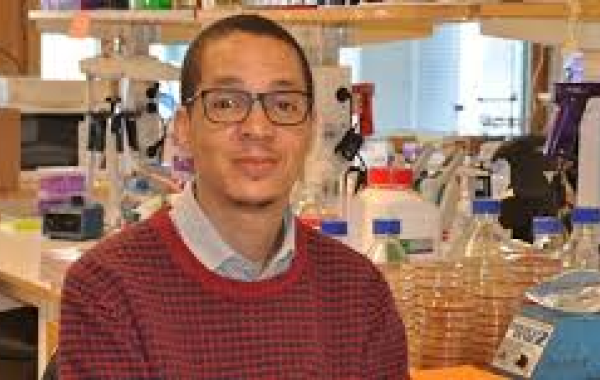Cycling Antibiotics to Treat Infections

As microorganisms evolve to resist antibiotics, the world risks running out of drugs to treat bacterial infections. One way to slow this trend is to find new modes of using existing drugs, even those now ineffective because of microbial resistance.
One strategy is based on the phenomenon of collateral sensitivity: When some microbes develop resistance to one antibiotic, they become hypersensitive to another. For example, when an Escherichia coli strain became indifferent to chloramphenicol, it also became highly vulnerable to polymyxin B. For this strain, chloramphenicol and polymyxin B form a collaterally sensitive pair.
Sometimes the drug pair exhibits mutual collateral sensitivity (MCS) for a pathogen: The pathogen’s evolution of resistance to drug A increases its sensitivity to drug B and vice versa.
Researchers have identified several MCS pairs for pathogens like E. coli and Pseudomonas aeruginosa. Some have proposed exploiting the phenomenon to treat infections by cycling through the drugs, A-B-A-B.
“This sounds very clever,” says Georgia Tech biomathematician Howard “Howie” Weiss. “Bbut what could prevent this scheme from working is the rapid emergence and ascent of a population of cells that are resistant to both antibiotics.”
The prospect is exciting, but no experiments have yet been performed to test efficacy.
“This was a real team effort between a microbiologist and a biomathematician.”
With Stockholm University microbiologist Klas Udekwu, Weiss has tested the plausibility of such schemes, using a mathematical model that considers factors affecting efficacy. Applying treatment protocols consisting of pairs MCS antibiotics, they examined how fast multiply-resistant mutants would emerge. They reported results in Drug Design, Development and Therapy.
They found some treatments that did not produce multiply-resistant mutants for several weeks, for several months, and even indefinitely. That means some combinations of an MCS pair prevented further development of the bacteria’s resistance to either drug.
“This was a real team effort between a microbiologist and a biomathematician,” Weiss says. “My job was to construct the model using a system of differential equations and very carefully simulate their solution using a computer.”
The first experiment used low to moderate concentrations of antibiotics and daily cycling: drug A on day 1, drug B on day 2, drug A on day 3. At these drug levels, treatment failed. Resistant mutants rapidly developed and dominated.
Simulation results improved with higher drug concentrations. “We found that one-day cycling of certain antibiotics kept the double-resistant mutants in check for over two weeks, which would be sufficient to cure many infections,” Weiss says.
The simulations also showed that three-day cycling of antibiotics that only inhibit bacterial growth – not kill – would never result in double-resistant mutants. “This was striking,” Udekwu says, “but in line with ecological theory.”
Udekwu is now conducting in-vitro cycling experiments. The next step would likely be experiments in mice. “It is far too early for clinicians to think about this strategy,” he says, “other than to keep an ear out for it, perhaps in a Cochrane report someday.

